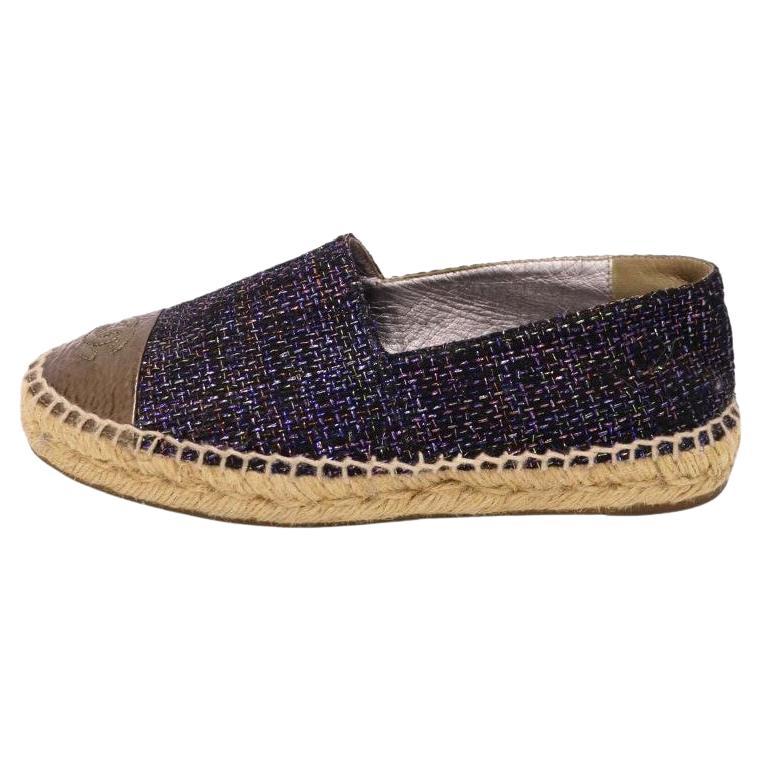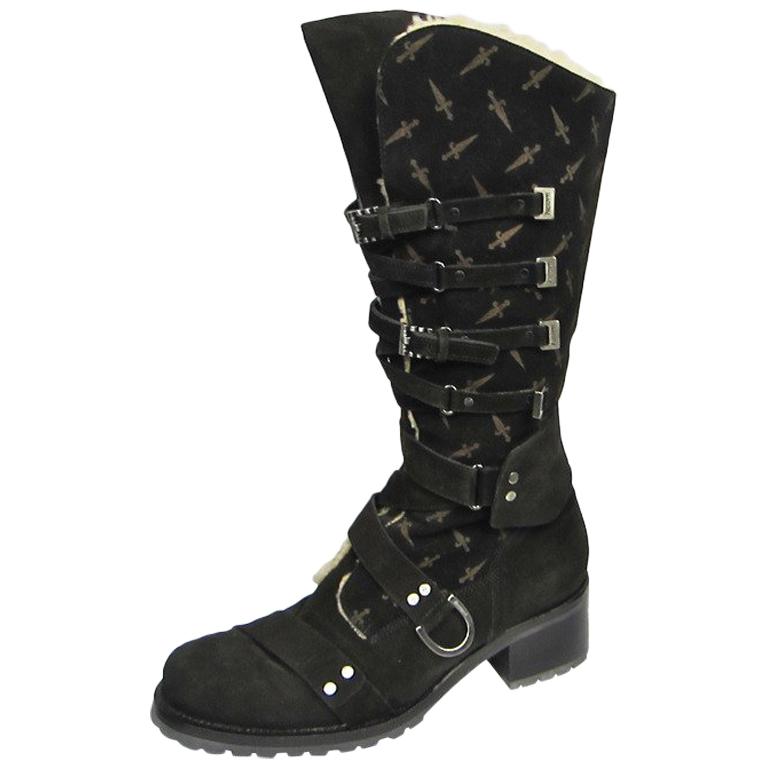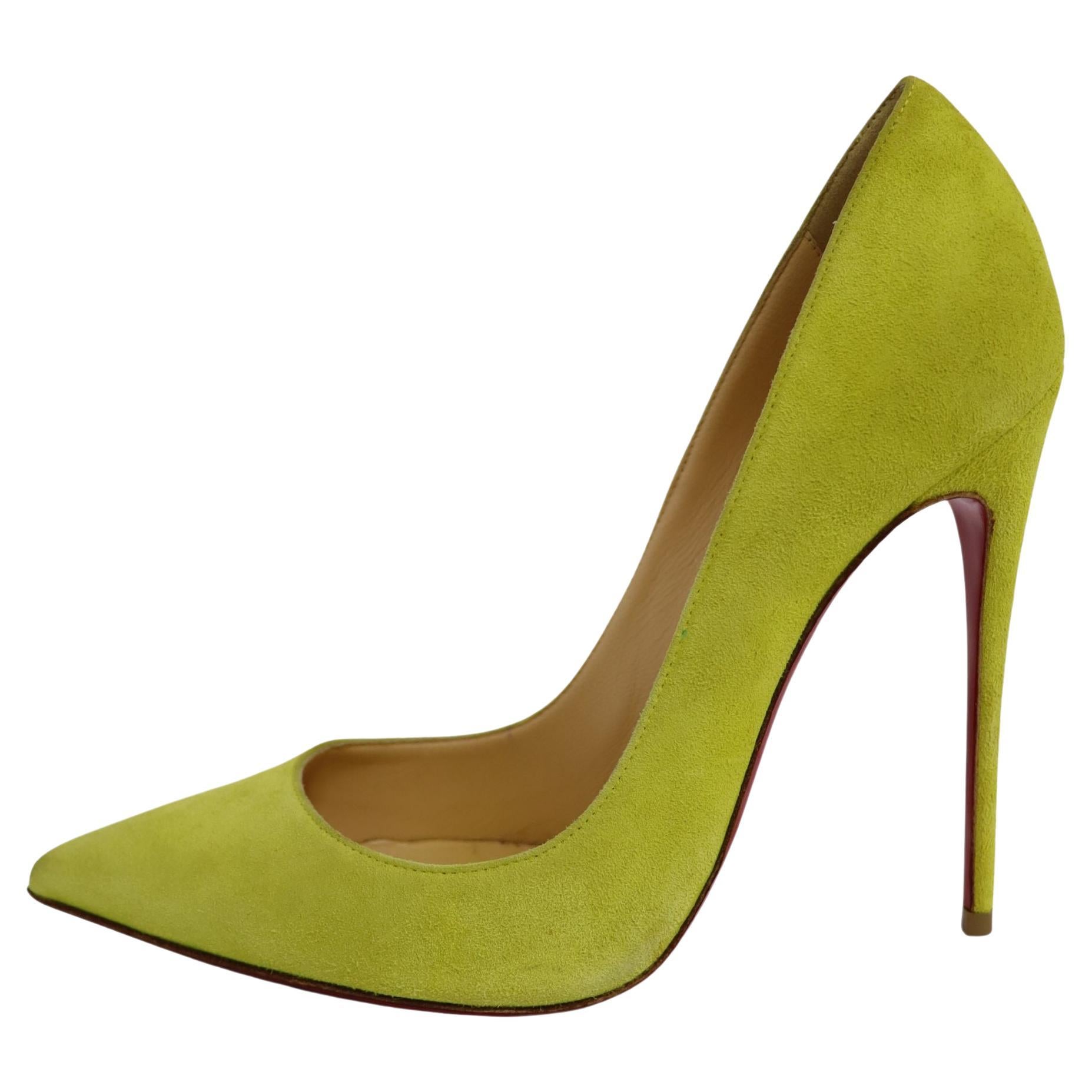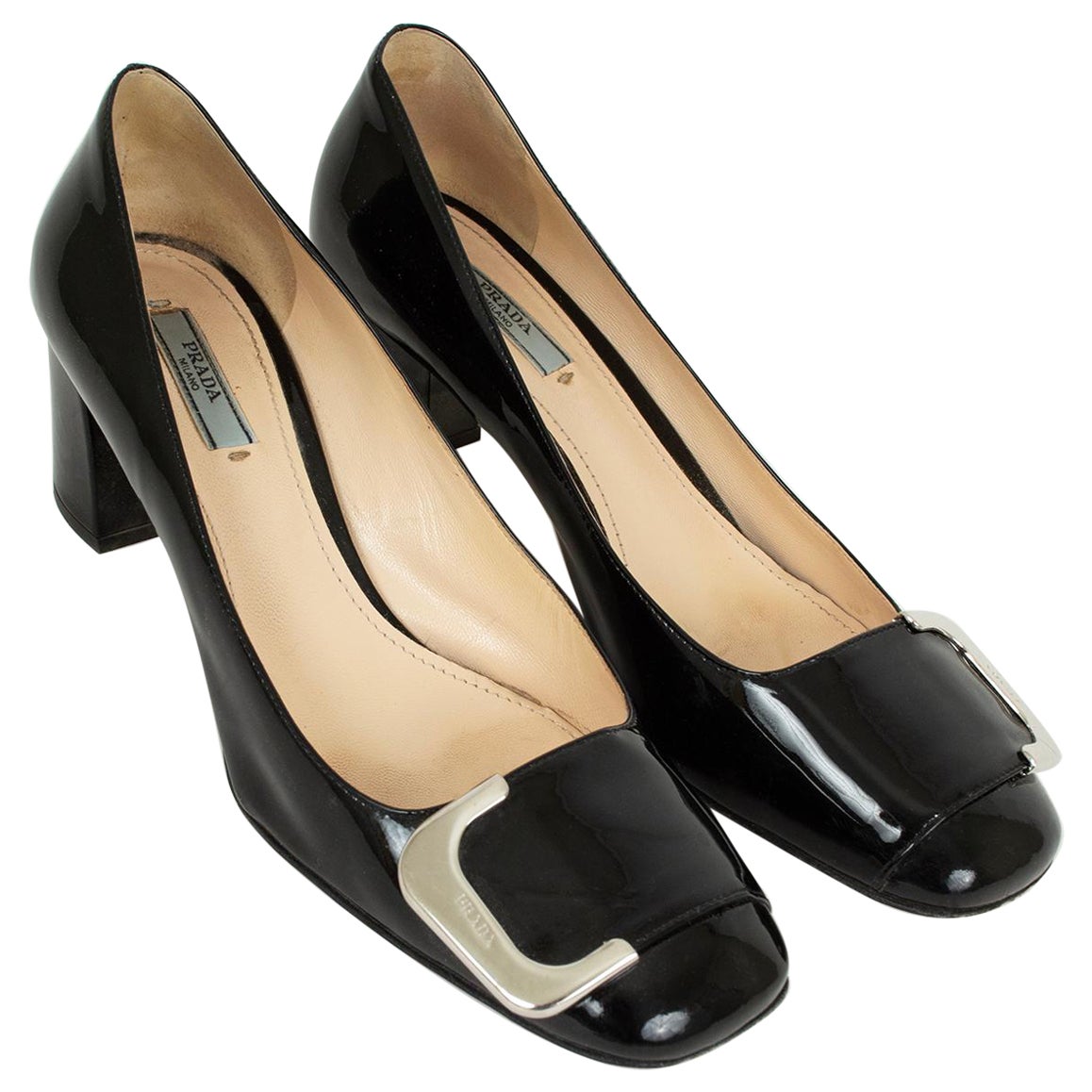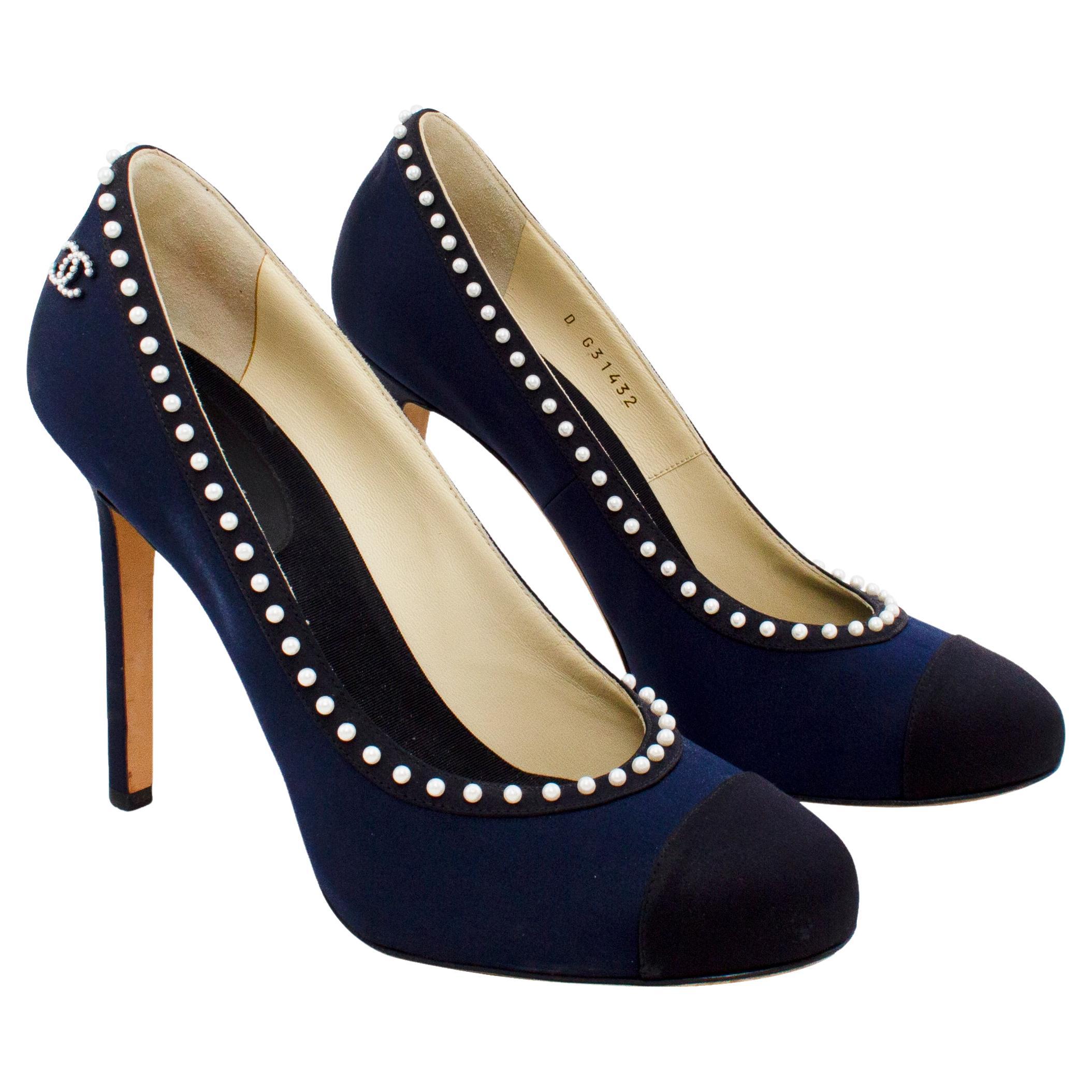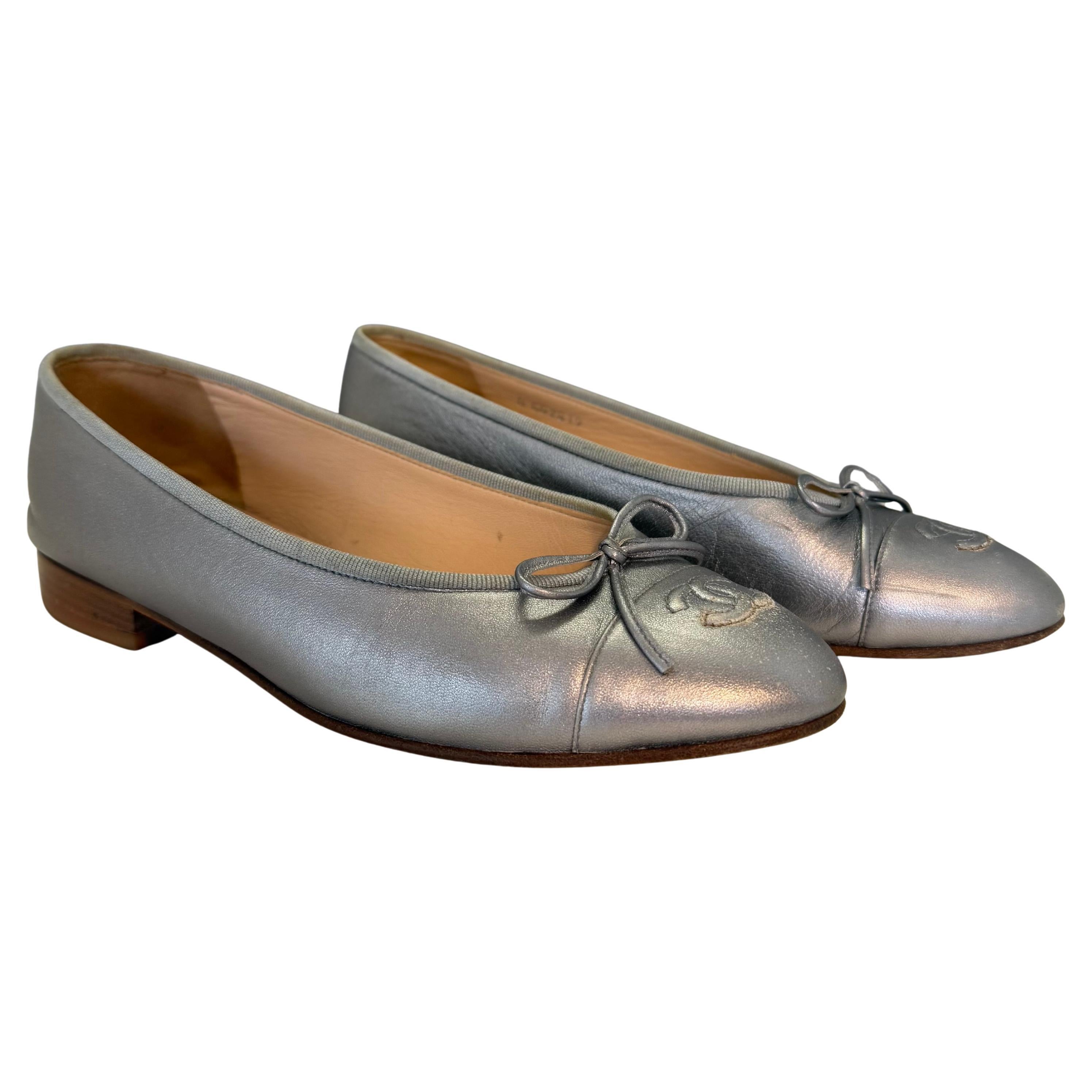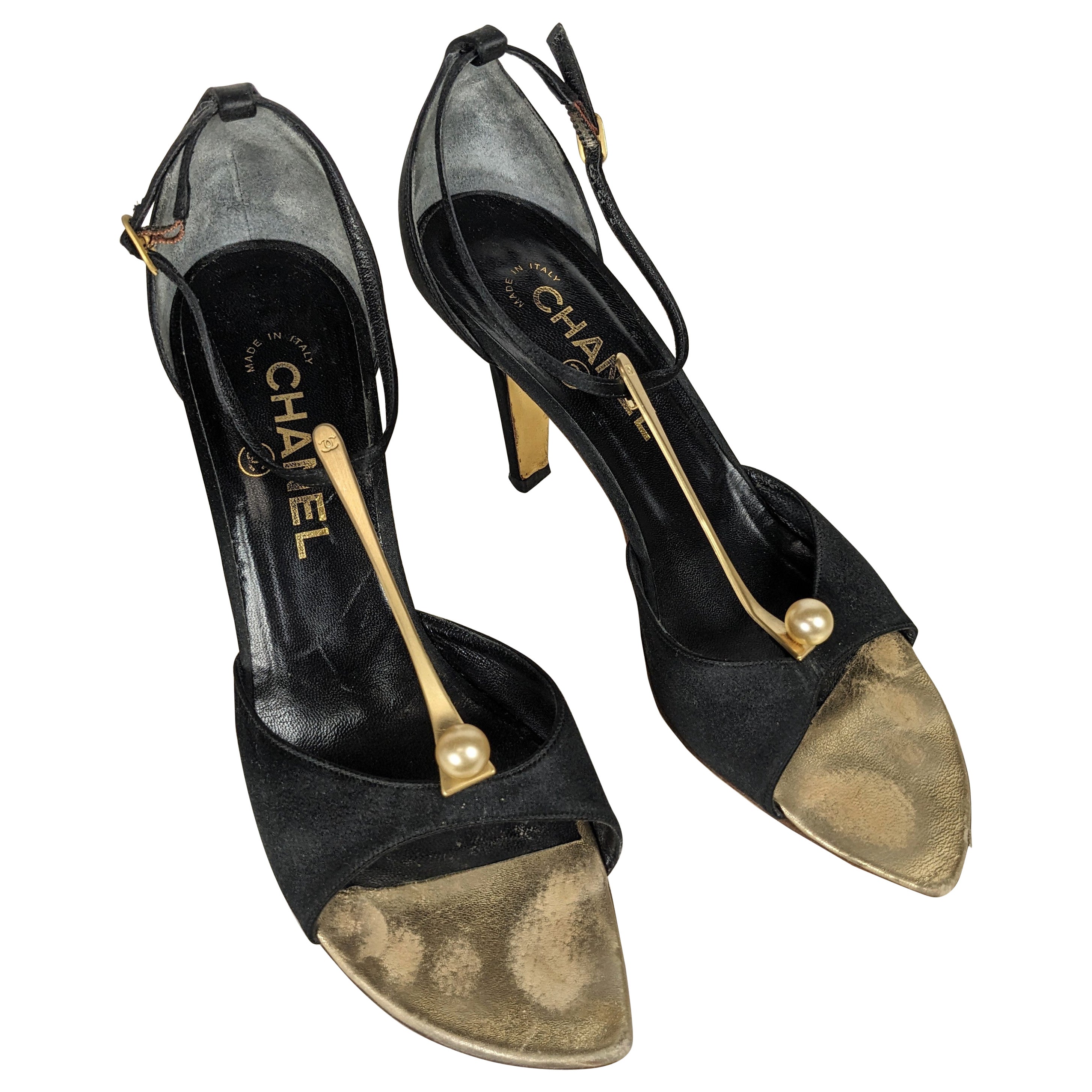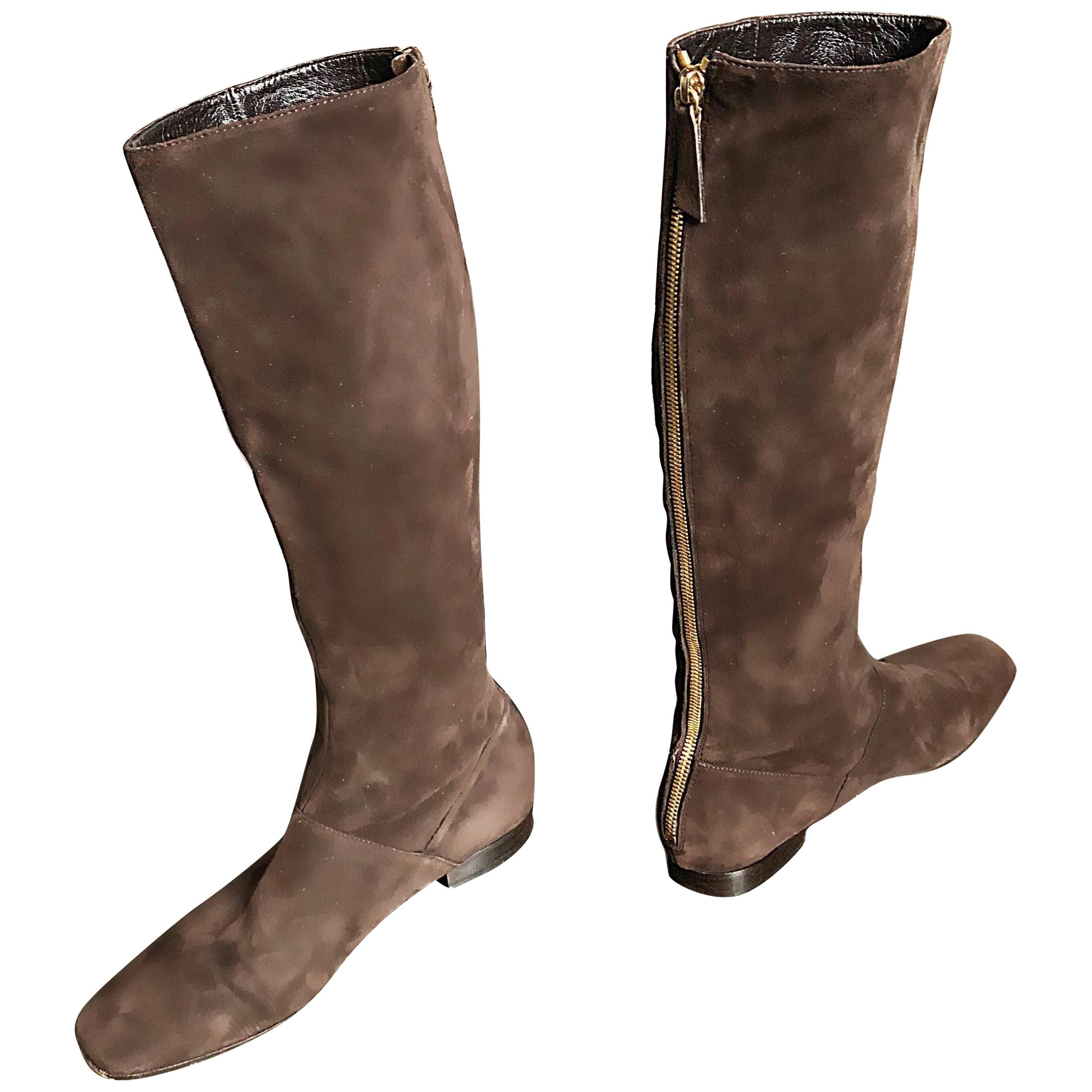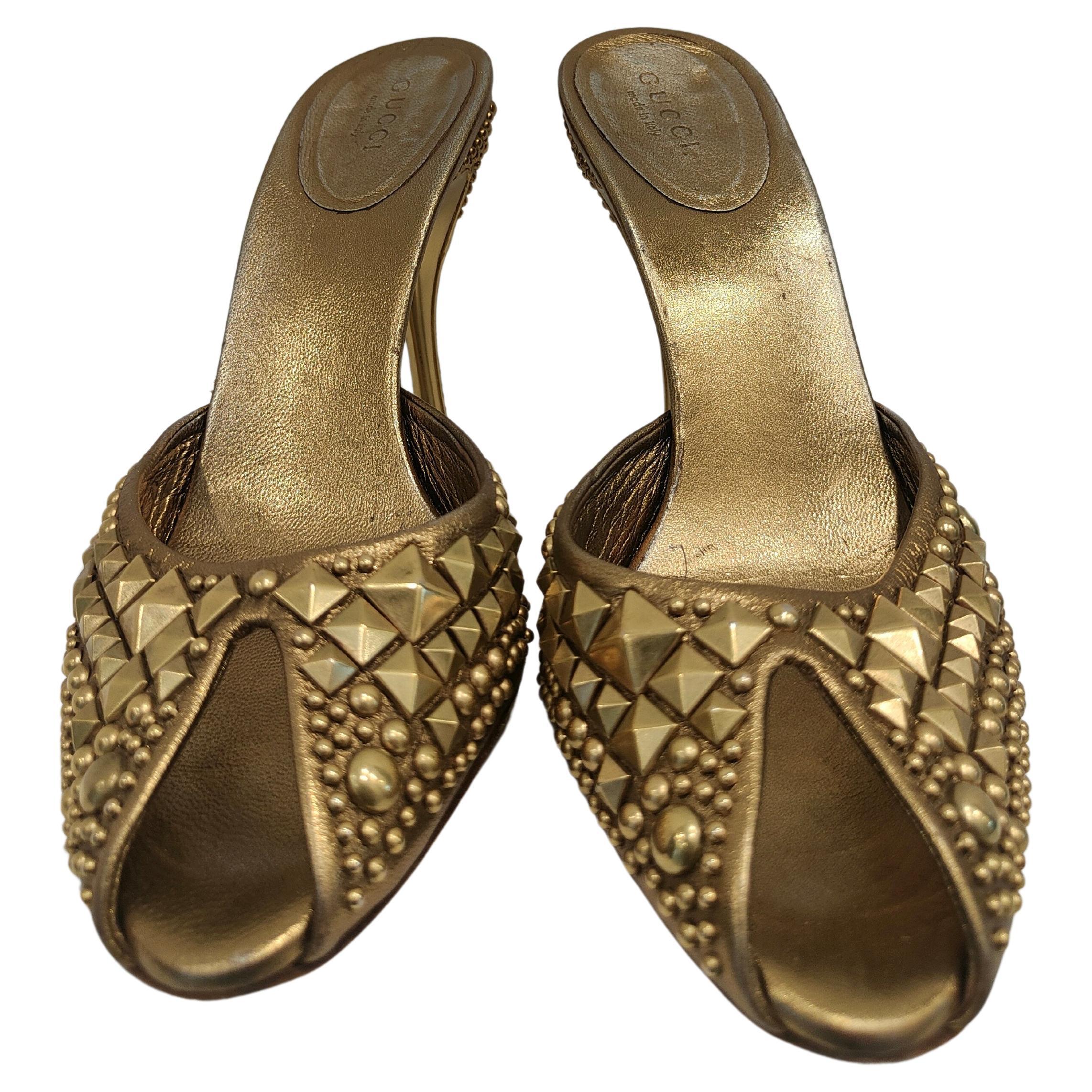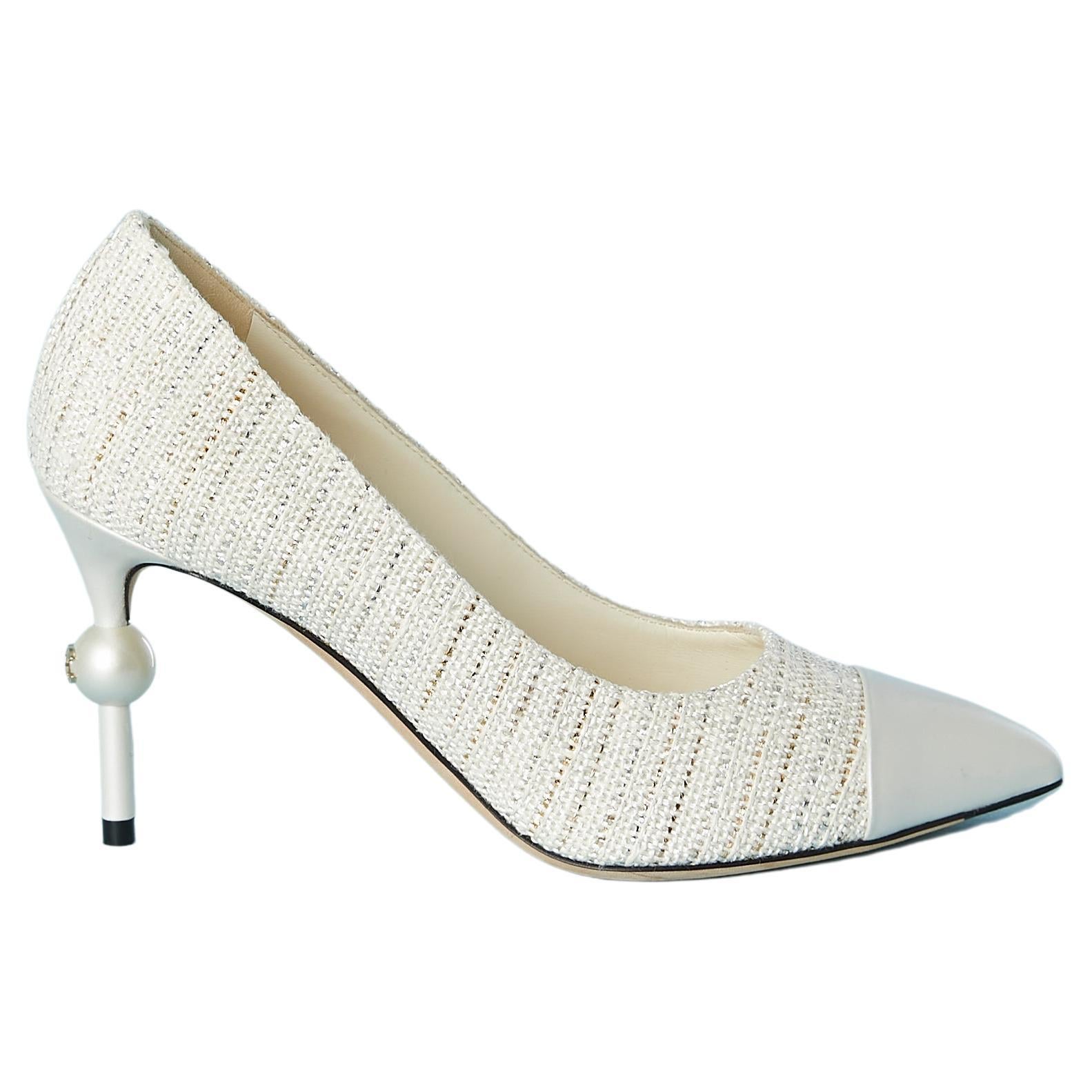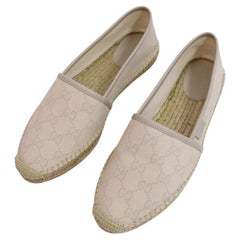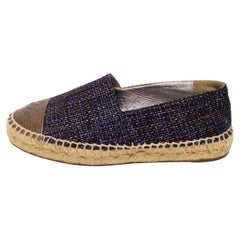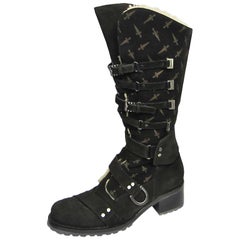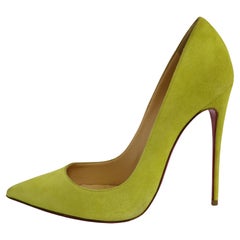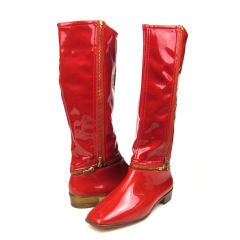
Mary Quant "Daddy Long Legs" Boots 1968
View Similar Items
Mary Quant "Daddy Long Legs" Boots 1968
About the Item
Included in this purchase are the original box, the original purchase receipt, the original carry bag with Quants logo and the original Quantafoot order pamphlet. And the paperwork from the museum exhibit.
They are an excellent example of the Mod, Chelsea Girl or London Look accessory. Quant was a pioneer of the use of plastic in fashion.
- Designer:
- Dimensions:Marked Size: 7 (US)
- Place of Origin:
- Period:
- Material Notes:Injection molded PVC lined with jersey.
- Condition:Fine, shows minimal wear.
- Seller Location:Brooklyn, NY
- Reference Number:1stDibs: AU10082111270
Mary Quant
Mary Quant revolutionized the world of women's fashion during the Swinging Sixties. The British designer substantially modernized hemlines, popularizing the miniskirt and essentially introducing hot pants. Quant’s extensive repertoire included a range of garments, some famously modeled by Twiggy. Her liberating and refreshing designs for skirts, blouses, sweaters, knitted jersey dresses and chic stretchy tights challenged the conventions of the day and greatly influenced fashion trends that followed.
Quant was born in London in 1934. She wanted to pursue fashion from a young age, but her parents — both teachers — were unsupportive. She instead studied art and illustration at Goldsmiths College. Quant graduated in 1953, but her interest in fashion persisted, so she headed straight into an apprenticeship at a high-end millinery shop and never looked back.
In the late 1950s, Quant began making her own designs. When her then-boyfriend Alexander Plunket Greene bought a building in Chelsea, London, part of the project was eventually relegated to a boutique named Bazaar. Quant took a few classes at night on tailoring and created clothing that was to be sold out of the space, and her work quickly caught the attention of publications like Harper's Bazaar. Her shirts, modern tunic dresses, and other apparel captured the vitality of the postwar cultural shift occurring at the time. She also cultivated a lively environment in her shop, playing music, serving drinks and staying open for long hours.
While hemlines had been gradually climbing above the knee before her contributions to the explosion in popularity of the miniskirt took shape — see the late 1950s-era pieces that Yves Saint Laurent designed for Dior or the Space Age dresses of Parisian couturier André Courrèges — Quant played no small role in challenging the conventions of traditional womenswear in the 1960s. She viewed the miniskirt as liberating. In the late 1960s, she also introduced short shorts that anticipated the later popularity of hot pants.
Throughout the 1970s and 1980s, Quant focused more on makeup and household goods. In 1988, she designed the interior of the Mini 1000 car, which was originally called the Mini Quant.
Quant earned a great deal of recognition for her contributions to the fashion industry. In as early as 1963, she was the winner of the first Fashion Museum Dress of the Year award. She was appointed Officer of the Order of the British Empire in 1966 and promoted to Dame Commander in 2015. Quant was also awarded the Minerva Medal — the highest honor of the Chartered Society of Designers, of which she was a member.
When the Victoria and Albert Museum held a retrospective devoted to Quant's famous designs from the 1960s and 1970s, Quant was heavily involved in the production of the show.
Find a collection of vintage Mary Quant clothing and accessories on 1stDibs.

